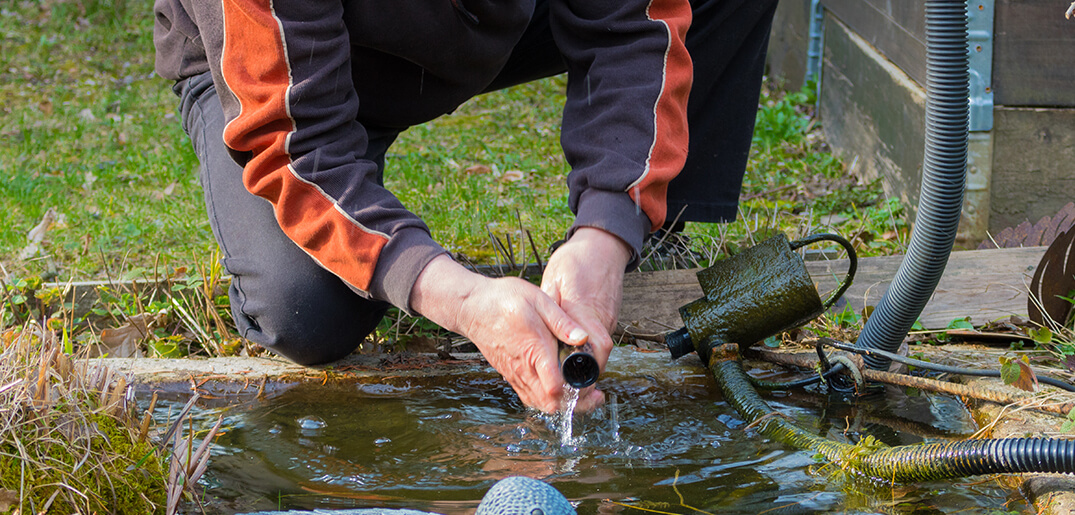It’s the unsung hero of a effectively working pond system – the pond filter media. It certainly might not be the first item to come to mind in thinking about a pond system, usually overshadowed by the bigger ticket items like the precious fish, the landscaping, water features, and of course the pond filter system itself. However, the pond filter media is not to be forgotten, as it plays an important role in the entire pond system. But what exactly is filter media? Allow us to explain the basics.
Simply put, in a fish pond there are two types of filtration: mechanical and biological. The mechanical filter physically removes dirt and debris from the water, such as fallen leaves, disintegrating matter and other small particles. On the other hand, this mechanical filter doesn’t take care of the bad bacteria in the water. That needs to be countered with nitrifying bacteria, which are grown on filter media. Hence, filter media does not simply filter items out like in a mechanical filtration process, but also offers plenty of surface area such that beneficial bacteria can grow and do their work in countering the bad bacteria in the pond.
Varieties Of Filter Media
Filter media come in a variety of shapes and sizes, as well as densities. Some are plastic balls, some fibrous mats and blocks, and others are plastic in shapes such as wheels, looking more like pasta than pond items. How can we have any idea which one is the best for our ponds?
It may seem odd to hear this, but actually, pond experts advise on trying a little of each type of filter media. The principle is similar to how it is advisable to have different plants serving different functions in the pond. Different filtration media provide varying amounts of water filtration, hence it is good if you can use a mixture of different filter media.
Qualities To Look Out For
You’ll want to choose your filter media based on three defining characteristics:
Density – it is good to buy filters with different densities so you can use the right ones for your pond size or condition.
Surface Area – the more surface area, the better, as there is more space of the beneficial bacteria to grow.
Durability – of course, you want your filter media to withstand wear and tear, for as long as possible.
Density and surface area are the two most important factors, as they determine how much beneficial bacteria grows, and the rate of water flowing through. Dense media would encourage more bacteria growth, but slow down the water flow through the filter. Having a variety would encourage optimal filtration in a closed system.
If you currently have filter media in your system, do a visual inspection on it. If it is beginning to wear around the edges, or become compact, it should be replaced. You can find a selection of filter media to suit your needs on Everything Koi.


 Blog
Blog



